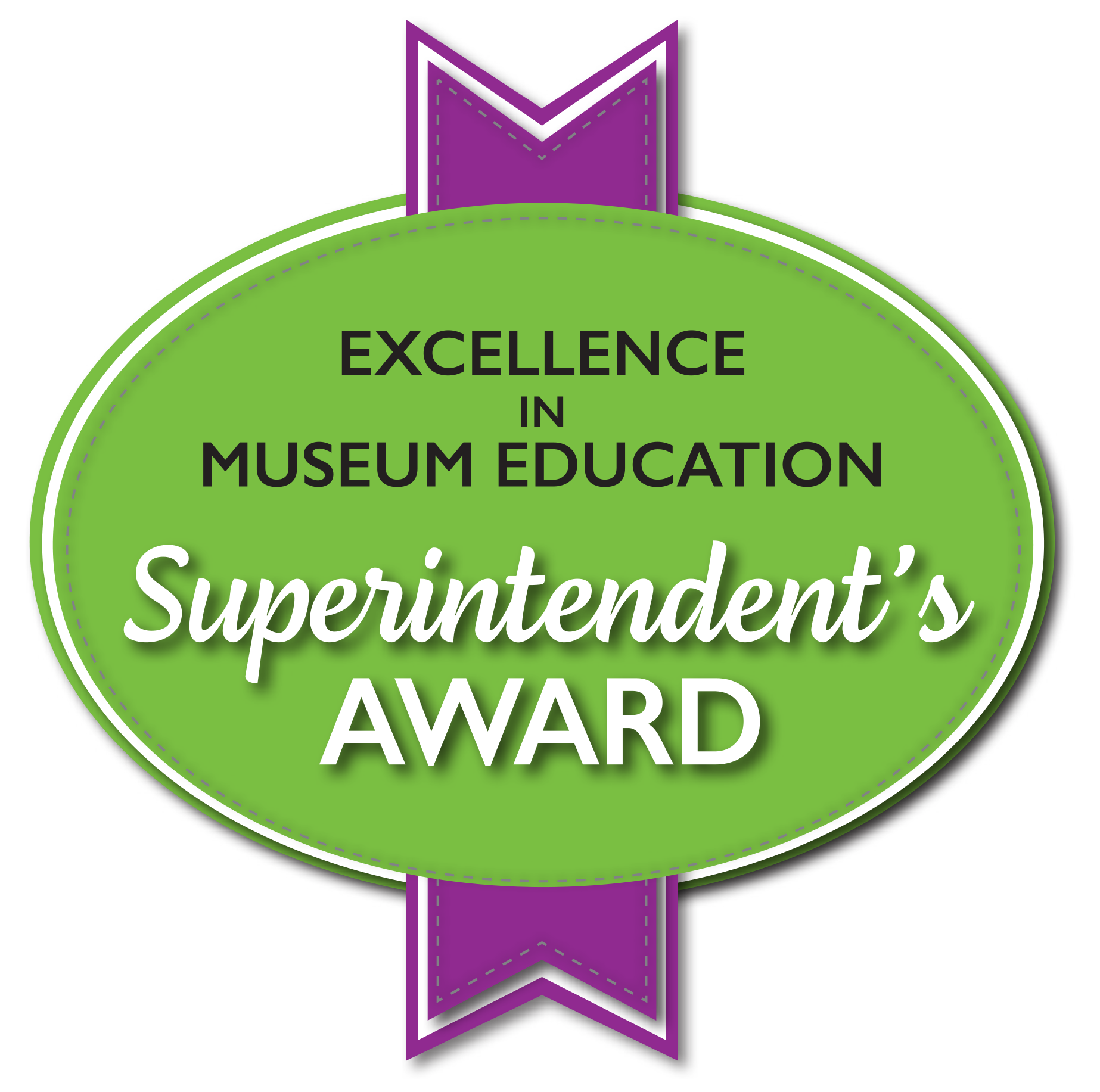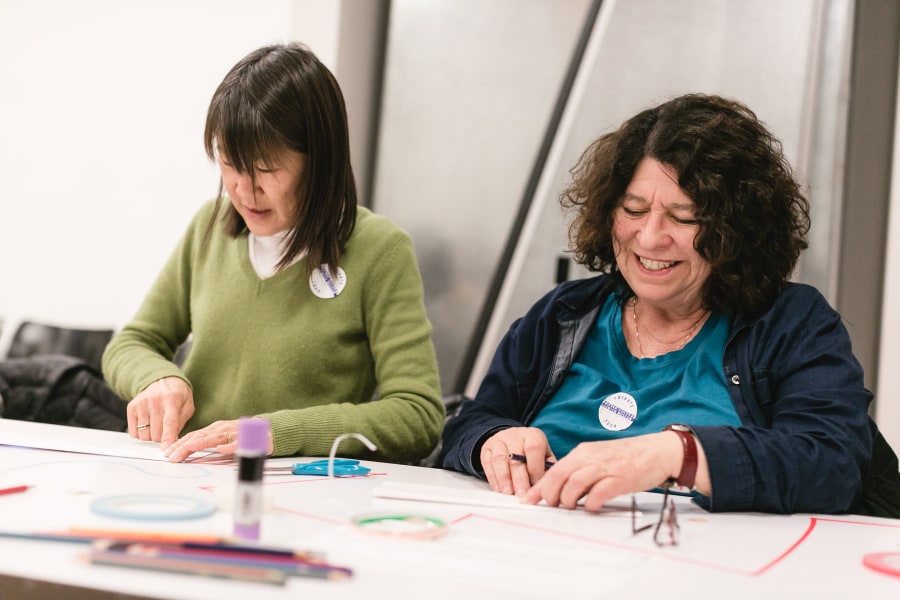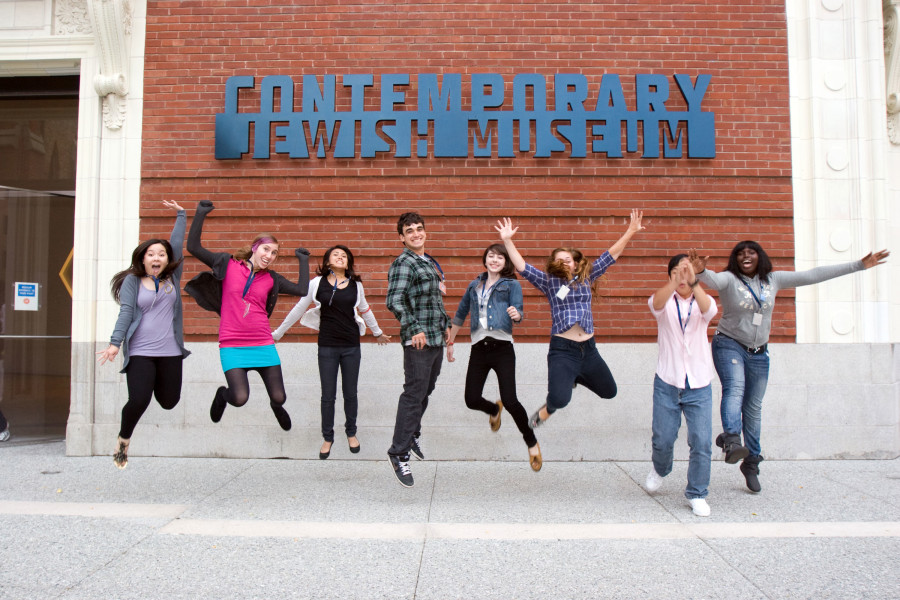
The CJM is proud to be a recipient of the 2022 Superintendent's Award for Excellence in Museum Education, awarded jointly by the California Association of Museums and the California Department of Education, for our virtual school tour The Stories and Art of Ezra Jack Keats.

